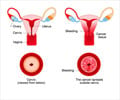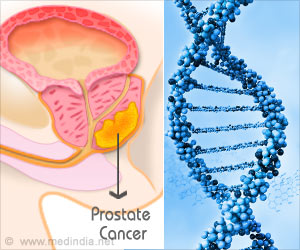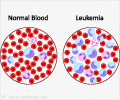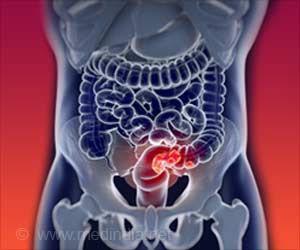A study according to two Harvard bioengineers, has shown that cancer responds to the physical surroundings of bone marrow cells where human myeloid leukemias arise

Though leukemia is relatively rare, it is the sixth leading cause of cancer death in the U.S. and is notoriously resistant to therapy. Patients usually undergo multiple courses of chemotherapy in hopes of eliminating all of the cancer cells. Part of the difficulty in targeting drugs is that proliferating cancer cells of all types are known to shape and be shaped by their physical neighbors. In myeloid leukemias, which start in blood precursor cells in the bone marrow, the cancer's growth radically alters the composition of its ECM including fluids, molecules, and fibers. Uncontrolled deposition of collagen in the ECM, for examples, is a telltale sign of certain leukemias. While myeloid leukemia subtypes are defined by distinct genetic mutations and the activation of known signaling pathways, the Harvard bio engineers looked to see if changes in matrix stiffness played a part in cancer cell proliferation and if myeloid leukemia subtypes could be sorted out by their responses.
Cancer cells are not two-dimensional and the recent development of 3D culturing systems has changed our views of how many types of cancer progress in three-dimensional human tissues. Shin and Mooney's 3D hydrogel system allowed them to vary the stiffness of the matrix and uncover different growth patterns, which they used to profile different leukemia subtypes. They also looked at a cellular signaling pathway, Protein Kinase B (AKT), known to be involved in mechanotransduction and thus sensitive to stiffness in different leukemia subtypes. They discovered that CML cells in the 3D hydrogel were resistant to an AKT inhibitor while AML cells grown in the same conditions were responsive to the drug, supporting their idea that a tunable matrix system could be a way to sort out subtypes by drug resistance.
Source-Eurekalert
 MEDINDIA
MEDINDIA




 Email
Email










